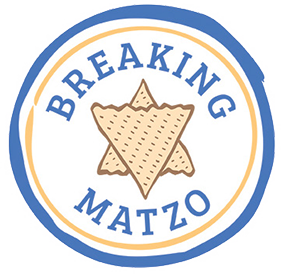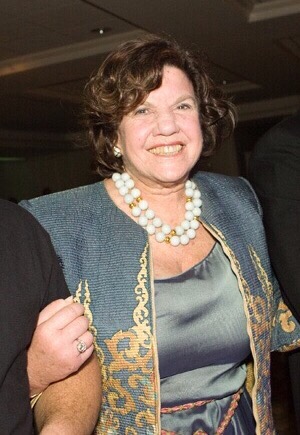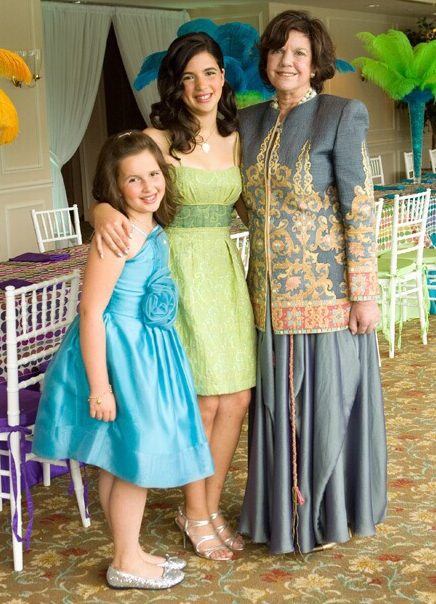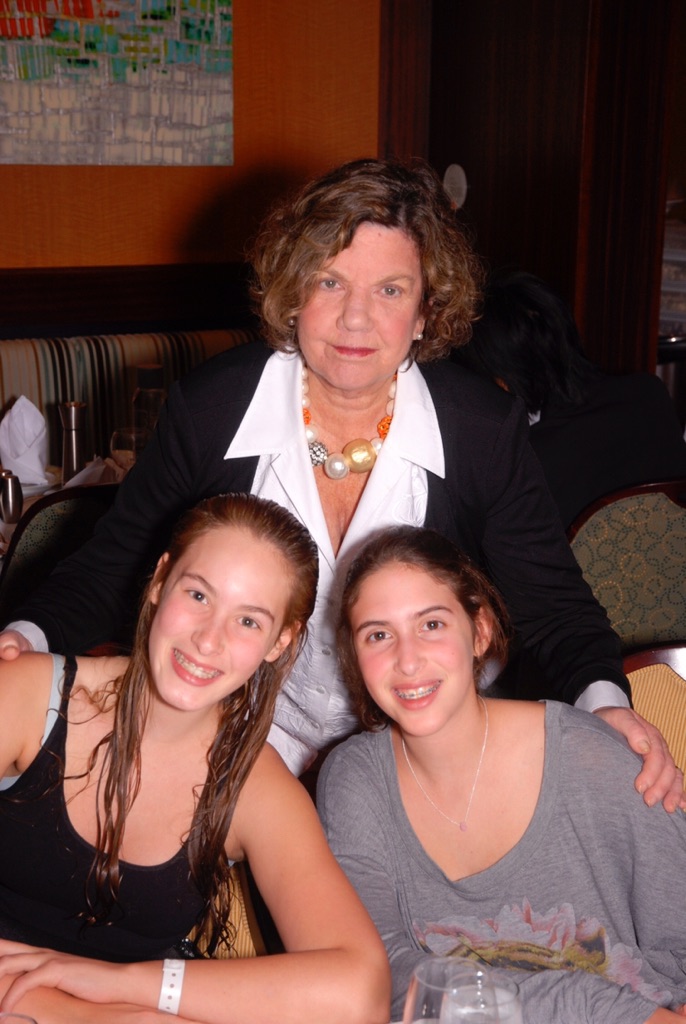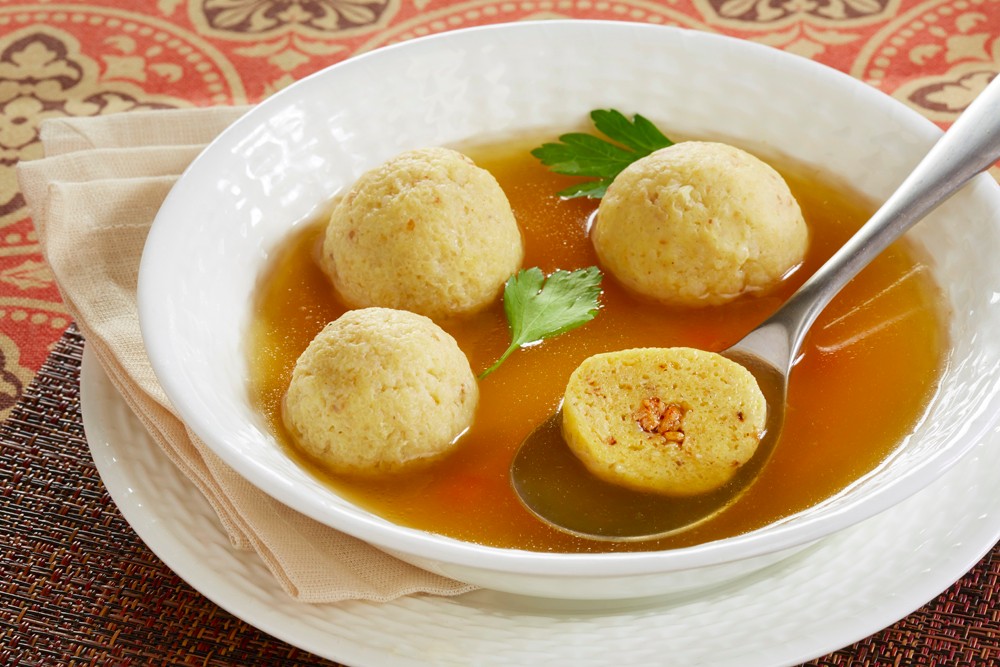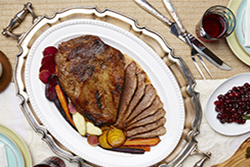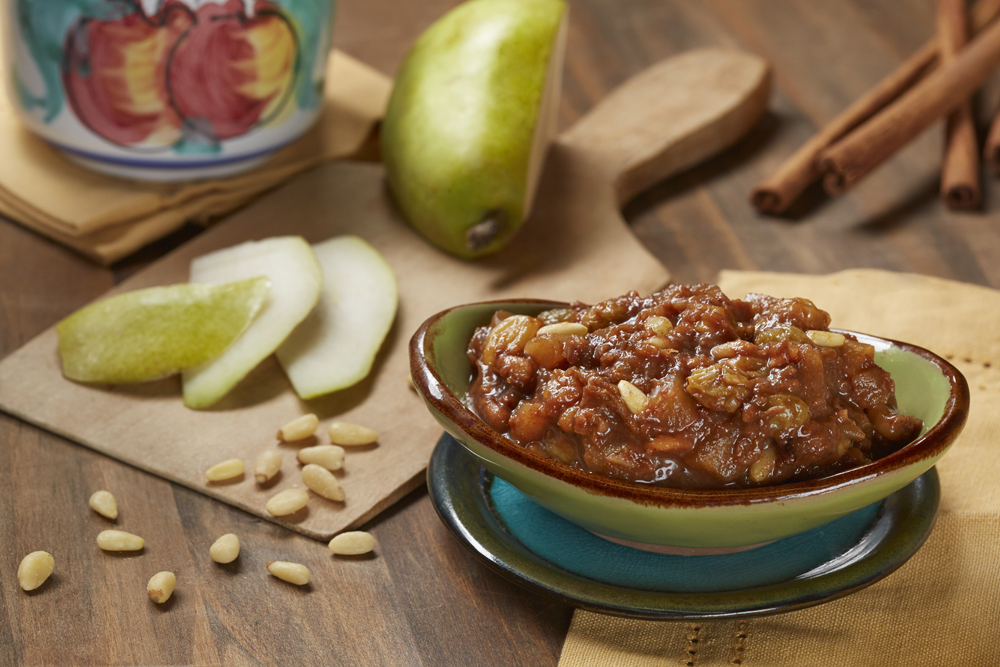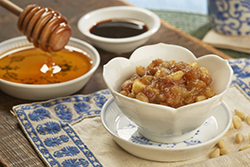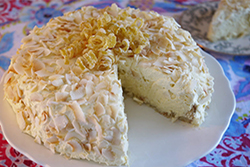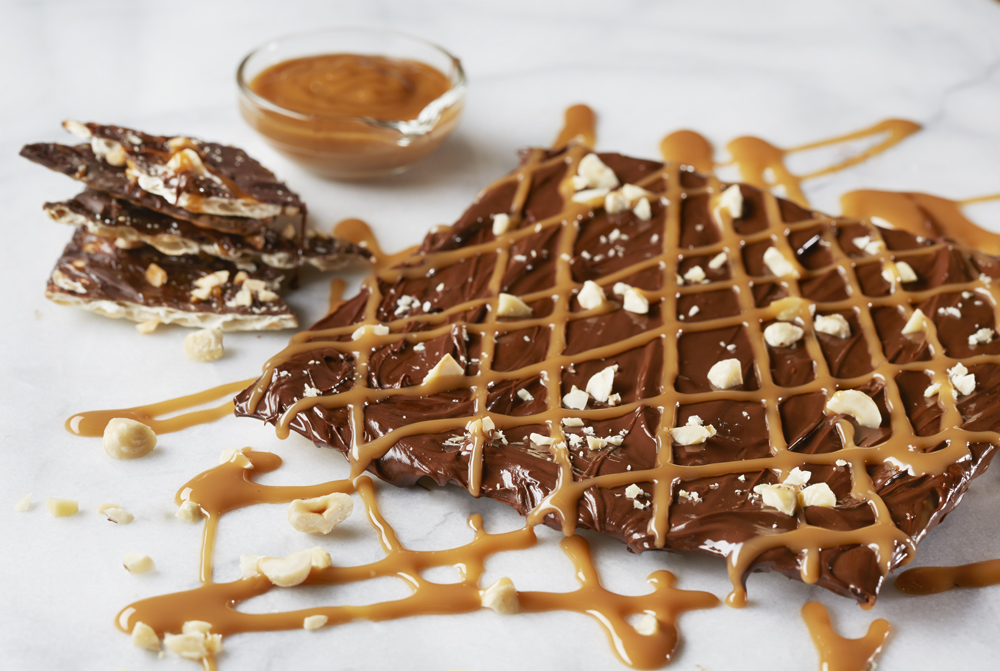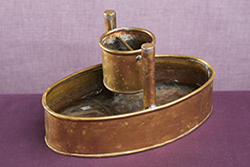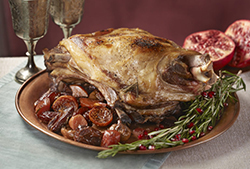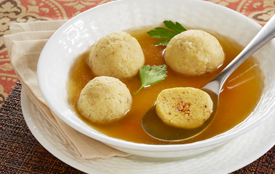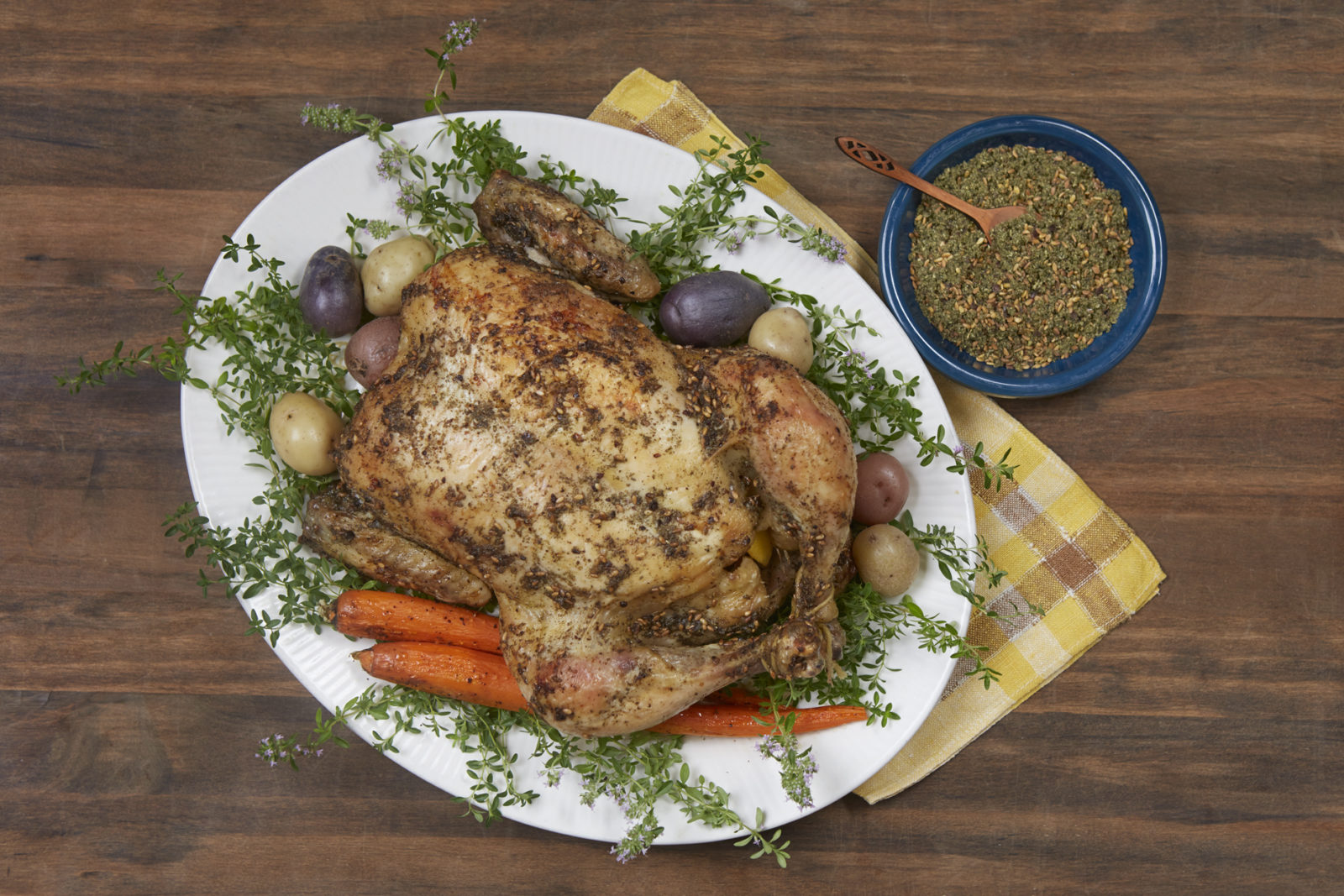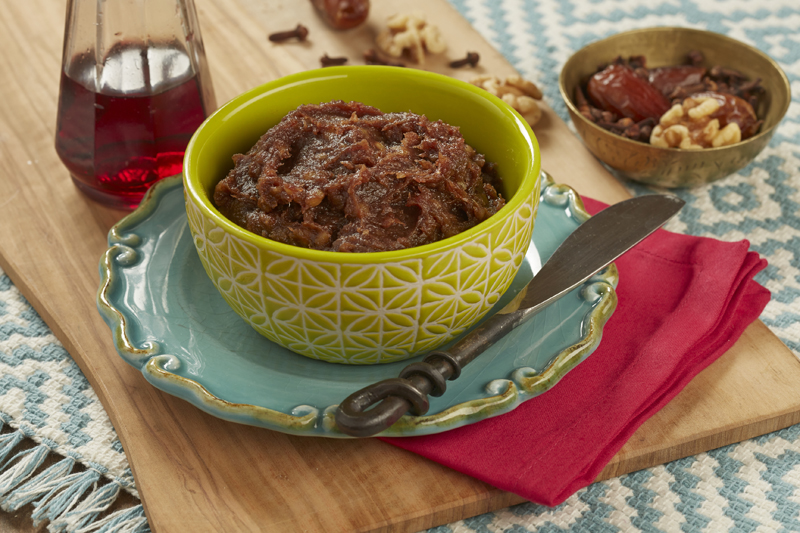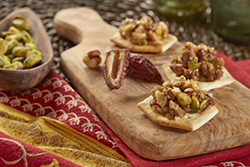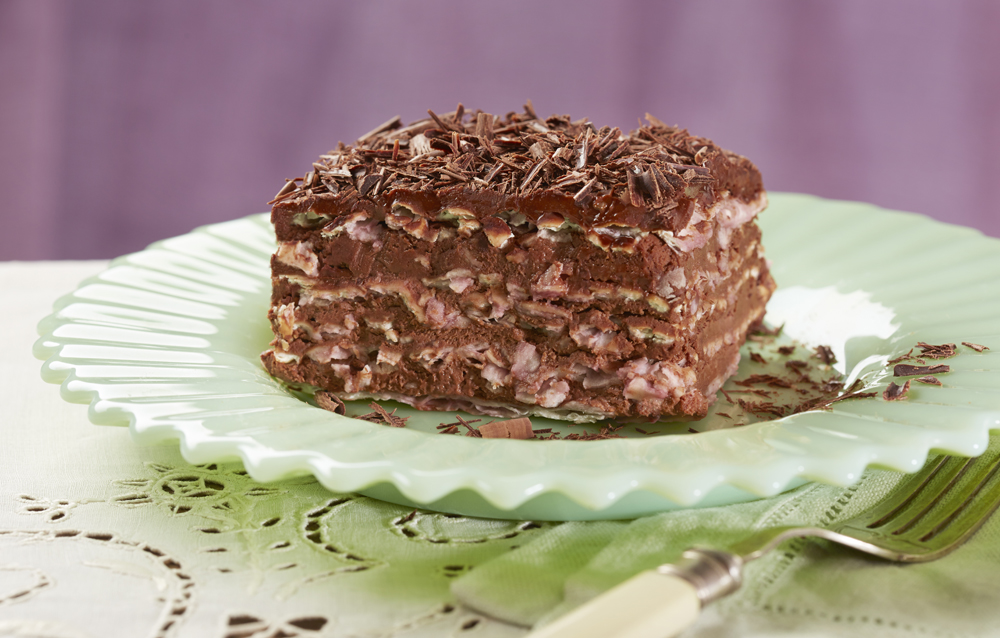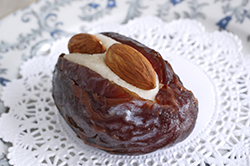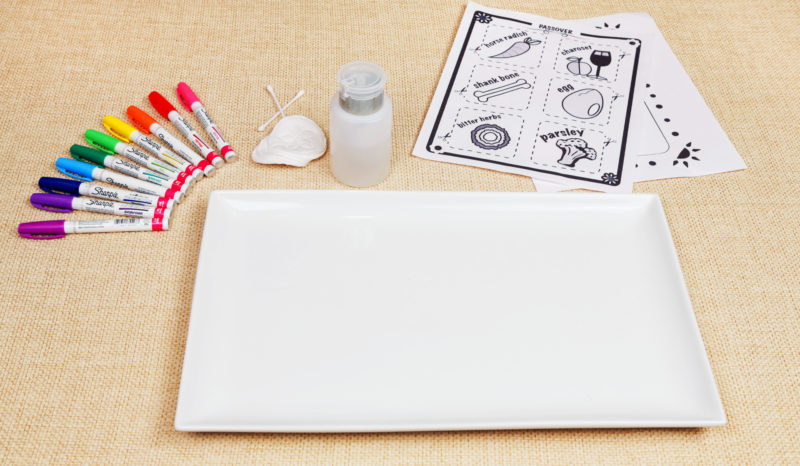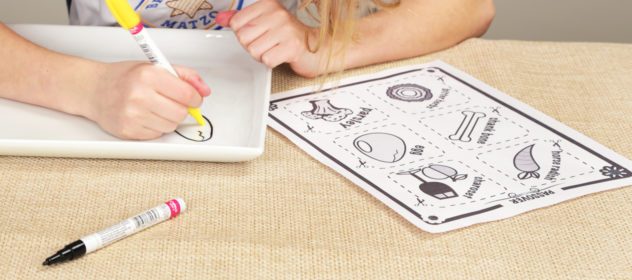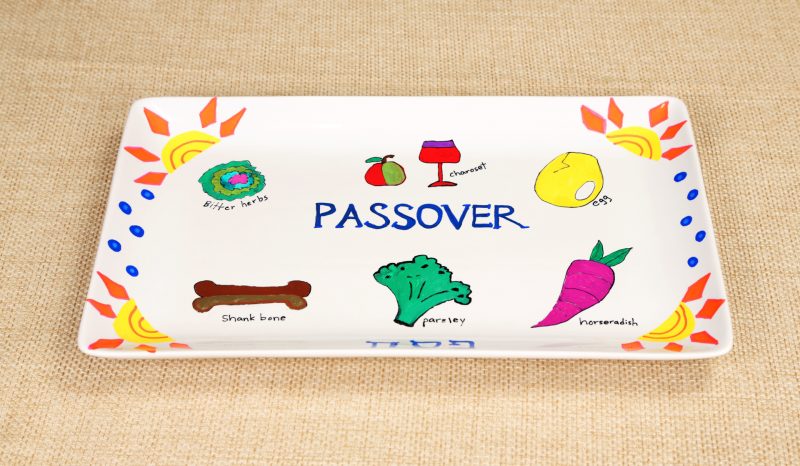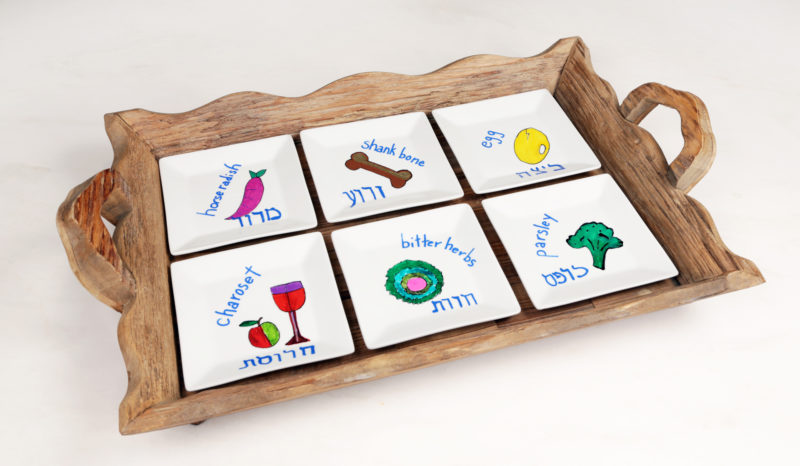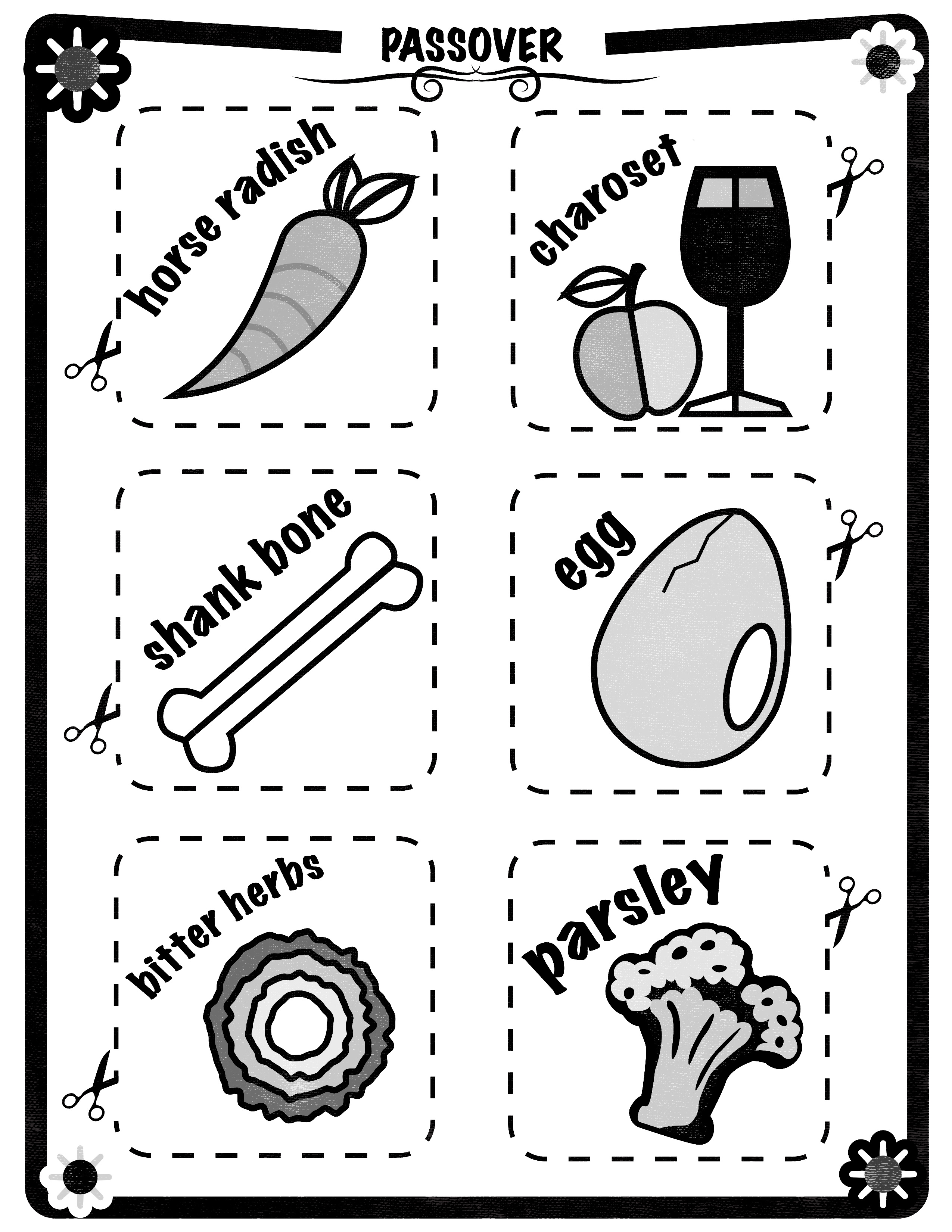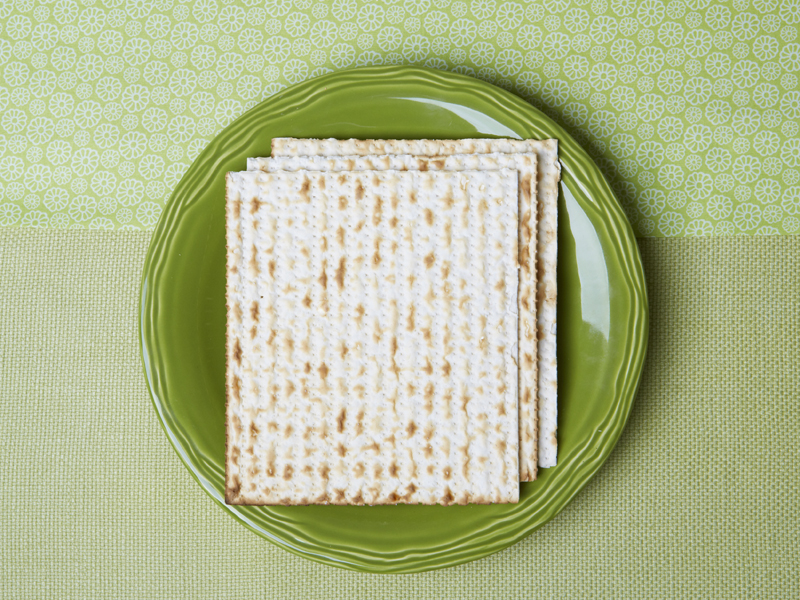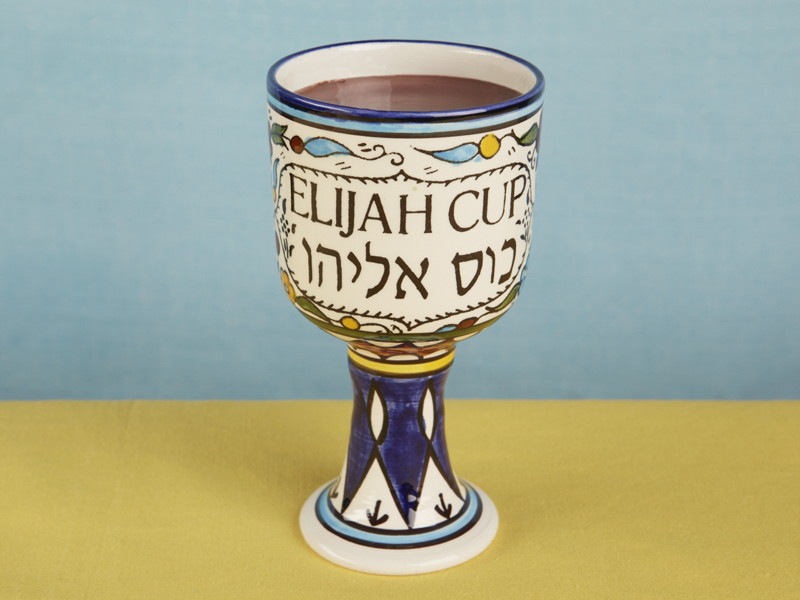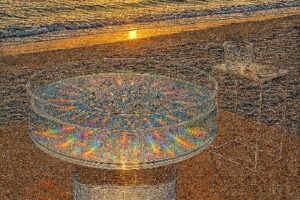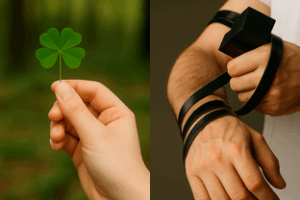How can making space for nothing make you more complete?
Why are Passover and Purim relevant in today’s world?
- How can you feel more complete by creating space for nothing?
- Can you actually become more fulfilled by being more empty?
- Are you satisfied with your current life? Do you long for more?
Passover and Purim could provide important insights into these questions.
Living in Exile is an important theme in the Torah. In Genesis, Adam and Eve are exiled from the Garden of Eden (Genesis 2:1-2). Abraham becomes exiled from the land of Canaan (Genesis 3:23-24). During Exodus, the Israelites are exiled during their slavery in Egypt. The Book of Esther is one of the final books of the Bible. The book of Esther explains the exile of the Jews while living in Persia in 369-357 BCE. The story of Purim is how Queen Esther saves the Jews from extermination by the evil Haman.
Why does the Torah remind us so often of Exile? What is exile? Exile is the state of living in one land while longing to live in another land. The Jews were often living in Exile and always sought to return to Jerusalem. “Jerusalem” can be interpreted to be their Promised Land, a state of being which can be an aspirational place.
One of the most famous Psalms which directly discusses the concept of exile is Psalm 137. (Jimmy Cliff and the Melodians famously sang Rivers of Babylon. Matisyahu also sang Jerusalem which is also based on the lyrics of Psalm 137). The Jews have been taken in captivity by the Babylonians and their leader Nebuchadnezer in 586 BCE. The Babylonians demand that the Jews sing about Jerusalem. In the Psalm the Jews initially agonized about how they can sing about Jerusalem when they are in Exile. Their captors taunting them to sing catalyzed them into a sense of consciousness about their circumstances. They then realize that if they “forget Jerusalem, their right hand may as well forget what it is supposed to do.” In other words, they should never forget Jerusalem. Even while in captivity in Exile, they must always remember and aspire to return to Jerusalem. This feeling is punctuated in the last verse which expresses the rage against their captors. The idea is that you must really actively agitate during your captivity in Exile to aspire to Jerusalem. You should not be complacent in your existence.
How can we apply this to our daily lives? I immediately look for a food metaphor. Cooking risotto on the stove top comes to my mind. If you look at the pot, the risotto may look deliciously appetizing when you lift the top. However, upon closer inspection it may actually be burnt on the bottom of the pot. Thus the better way to cook risotto, is to actively stir the risotto during the cooking process. Stir the bottom, mix all of the risotto actively.
Let’s return to the concept of exile. Exile can be seen as your current life. In some ways, we may be a captive to a state of mind vs. a state of being, to our worries and daily anxieties. This captivity can be understood as a state of mind vs. state of being. Jerusalem can be imagined as our promised land, our spiritual utopia that we aspire to sing about and bring into our daily life in exile. Thus our vision of Jerusalem creates agitation in our current life so that we don’t become complacent. Our agitation creates space and emptiness so that we can then incorporate some elements of our vision of Jerusalem into our daily life and become more complete and fulfilled. Of course, this journey never ends. It is a constant journey of self-discovery.
Ironically, agitation can create cracks in your life foundation and this can actually be a good thing. The reason is because cracks in the foundation allow for space and growth. It creates room for incorporating lessons from Jerusalem (an aspirational state of being) into your daily life.
As Michael Singer wrote in The Untethered Soul, “The spiritual journey is one of constant transformation. In order to grow, you must give up the struggle to remain the same, and learn to accept change at all times.” (page 81). Singer also writes “Spirituality begins when you decide that you’ll never stop trying. Spirituality is the commitment to go beyond, no matter what it takes. It’s an infinite journey based on going beyond yourself every minute of every day for the rest of your life” (page 124)
I would like to conclude this blog with a quote from Anne Marie Bennstrom, founder of the Ashram, from her book entitled Kai, “Creation is constantly adapting and refining itself. Everything that has a beginning also has an end, and every end is also a new beginning, and between these two polarities, life unfolds its destiny.” (page 12)

Appendix:
The picture at the top of this blog is a piece of art by Kishio Suga which captures many of the elements of Psalm 137 in my mind. The main structure has cracks which have created emptiness that allows Jerusalem to fill the space. Jerusalem, an aspirational state of being, is outside of your daily life structure. See the pieces outside of the main structure.
Books:
https://www.amazon.com/Untethered-Soul-Journey-Beyond-Yourself/dp/1572245379
https://www.amazon.com/Kai-Altogether-Improbable-Love-Story/dp/1582704805
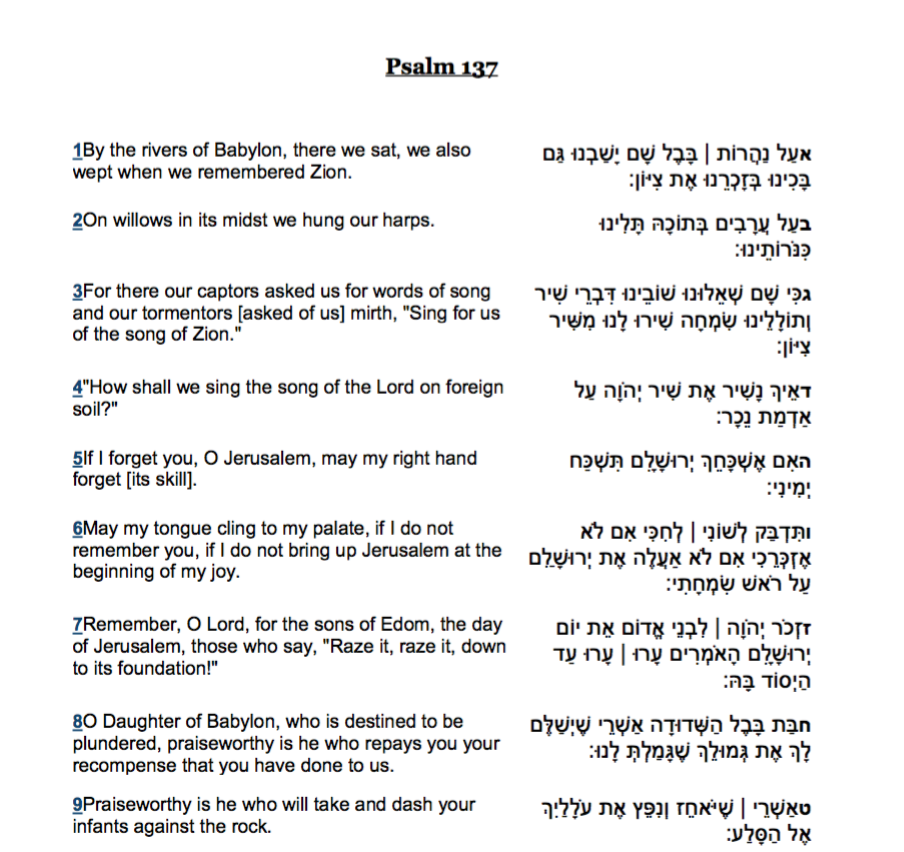
Lyrics of Rivers of Babylon by the Melodians
By the rivers of Babylon Where he sat down
And there he wept
When he remembered Zion
But the wicked carried us away in captivity
Required from us a song
How can we sing King Alpha song in a strange land? ‘Cause the wicked carried us away in captivity Required from us a song
How can we sing King Alpha song in a strange land?
Sing it out loud
Sing a song of freedom, sister Sing a song of freedom, brother
We gotta sing and shout it
We gotta jump and shout it Shout the song of freedom now
So let the words of our mouth
And the meditation of our heart
Be acceptable in Thy sight, oh Far I So let the words of our mouth
And the meditation of our heart
Be acceptable in Thy sight, oh Far I
Sing it again!
We’ve got to sing it together We’ve got to shout it together
By the rivers of Babylon
Where we sat downAnd there we wept
When we remembered Zion
Oh, the wicked carried us away in captivity
Required from us a song
How can we sing King Alpha’s song in a strange land?
‘Cause the wicked carried us away in captivity Required from us a song
How can we sing King Alpha’s song in a strange land?
Sing it, sing it, sing it We’ve got to sing it, brother We’ve got to sing it, sister
In the ancient days, we will return with no delay
Picking up the bounty and the spoils on our way
We’ve been traveling from state to state
And them don’t understand what they say
Three thousand years with no place to be
They want me to give up my milk and honey
Don’t you see, it’s not about the land or the sea
Not the country but the dwelling of his majesty
Jerusalem, if I forget you
Fire not gonna come from me tongue
Jerusalem, if I forget you
Let my right hand forget what it’s supposed to do
Jerusalem, if I forget you
Fire not gonna come from me tongue
Jerusalem, if I forget you
Let my right hand forget what it’s supposed to do
Said, ah, rebuild the temple and the crown of glory
Years gone by, about sixty
We were burned in the oven in this century
And the gas tried to choke, but it couldn’t choke me
Will not lie down, I will not fall asleep
So they come overseas, yeah they’re trying to be free
Erase the demons out of our memory
Change your name and your identity
Afraid of the past and our dark history
Why is everybody always chasing we?
Cut off the roots from your family tree
Don’t you know that’s not the way to be
Jerusalem, if I forget you
Fire not gonna come from me tongue
Jerusalem, if I forget you
Let my right hand forget what it’s supposed to do
Jerusalem, if I forget you
Fire not gonna come from me tongue
Jerusalem, if I forget you
Let my right hand forget what it’s supposed to do
Said they caught up in their ways, and the world’s gone craze
Them don’t know it’s just a phase, case of the Simon says
If I forget the truth, my words won’t penetrate
Babylon burning in the place, can’t see through the haze
Chop down all of them dirty ways
That’s the price that you pay for selling lies to the youth
No way, not ok, there’s no way, not ok
Ain’t no one gonna break my stride
Ain’t no one gonna pull me down
Oh no, I got to keep on moving
Ain’t no one gonna break my stride
Ain’t no one gonna pull me down
Oh no, I got to keep on moving, say
Jerusalem, if I forget you
Fire not gonna come from me tongue
Jerusalem, if I forget you
Let my right hand forget what it’s supposed to do
Jerusalem, if I forget you
Fire not gonna come from me tongue
Jerusalem, if I forget you
Let my right hand forget what it’s supposed to do
Jerusalem, if I forget you
Jerusalem, if I forget you
Jerusalem, if I forget you
Jerusalem, if I forget you
